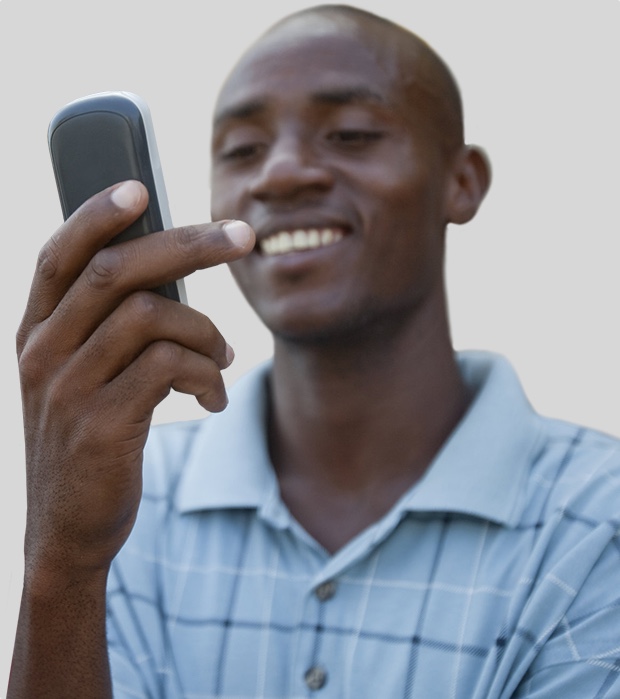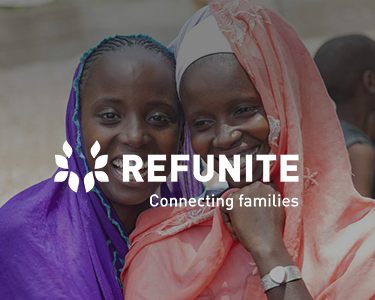
Designing how REFUNITE might implement Interactive Voice Recording technologies to improve our service for illiterate Somalis in Kenya.
For the last two months, REFUNITE’s user acquisition and growth team has been brushing up on an important skill. We formed a team and joined thousands of people around the world for “Design Kit: The Course for Human-Centered Design”, an online course by +ACUMEN and IDEO.
Over 7 weeks, the course led us through three different phases: inspiration, ideation and implementation – to tackle social problems. In the initial inspiration phase, we thought about where in society, specifically within our current audience of displaced people, we could have an impact. Currently, REFUNITE is focusing on engaging users in Somalia. However, 62% of Somalis are illiterate (according to UNESCO figures). Our long-time collaborative partners Ericsson have been looking into the technical aspects of interactive voice response (IVR) technologies for REFUNITE. This were demonstrated to the team in April. We decided to expand on the IVR developed by Ericsson as our final project for the course, seeing how it could implemented to best serve our REFUNITE users.
With this in mind, we designed our guiding “How might we” question:
The course encouraged us to think in terms of “How might we” questions, that are open-ended enough to allow for creativity and flexibility, yet focused enough for us to think in specifics.
Taking this question as our starting point, it was time to better understand people through field observations. Arguably, it’s these observations that really make it a human-centered design process. We created a series of open-ended research questions, and Hassan, Lotta and Joy conducted field research with Somalis living in Kakuma Refugee Camp and in the Eastleigh neighbourhood in Nairobi. We tried to learn about languages spoken, phone ownership and preferred communications methods, as well as past experiences with automated voice technologies like IVR. (One example of IVR, for instance, is the menu of options read when you call most customer service centers.)
We then synthesized our findings, drawing out key themes and insights, and ideating again by brainstorming “How might we…” questions from the three key themes we identified: namely, ease of use for first time users, localizing language to meet the different language needs of Somali users, and integrating voice services with social media channels.
Next, we brainstormed how we might create an easy-to-use IVR service, coming up with ideas like integrating it with our call center, or collaborating with local NGOs. We did this by thinking of different “use cases,” or ways people might use the IVR system Ericsson has created to better engage with REFUNITE.
Prototyping came next! Selecting our preferred option of implementing the Ericsson-developed IVR system as an extension of REFUNITE’s call center, we sketched out our ideal user experience flow:
1) A Somali refugee receives a call from REFUNITE
2) They listen to a message which explains what REFUNITE does
3) The message asks if the person is searching for a missing loved one. If the answer is yes, they proceed to the next step, if no, the call ends
4) The person is connected to a call center agent who registers them on REFUNITE
5) Registration is complete!
Our next step is to implement our prototype, test it, and iterate. Thanks to the human-centered design course, we have a clear way to proceed, guided on user observations. As we test and iterate, we’ll continue to see how people interact with and use IVR, making changes accordingly.
While it was challenging to carry out all the required tasks to complete assignments by the deadlines, particularly alongside our other work, we found the readings and peer feedback aspects of the human-centered design course meaningful and beneficial. Being a geographically dispersed team also posed challenges – with Rody in Goma, Democratic Republic of Congo, and myself in Beirut, Lebanon, we could not participate in hands-on components like field research, for instance. But we knew we could count on our REFUNITE teammates!
20th July 2016.









